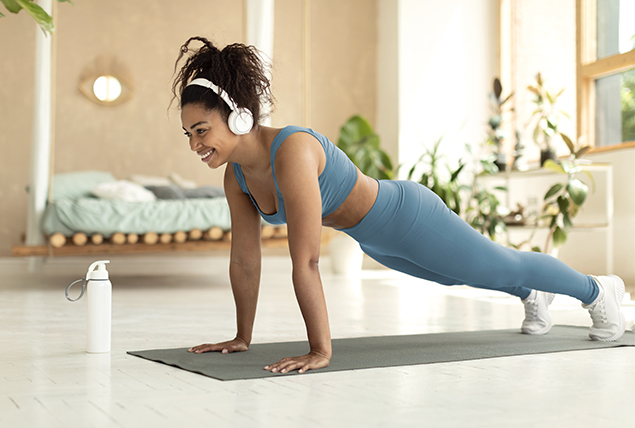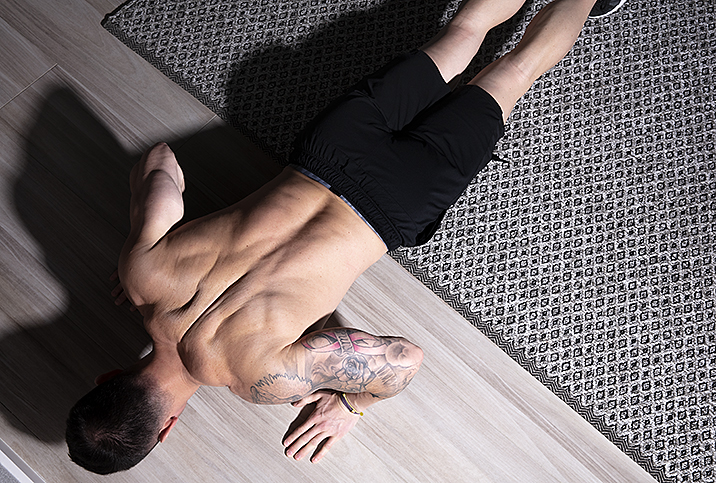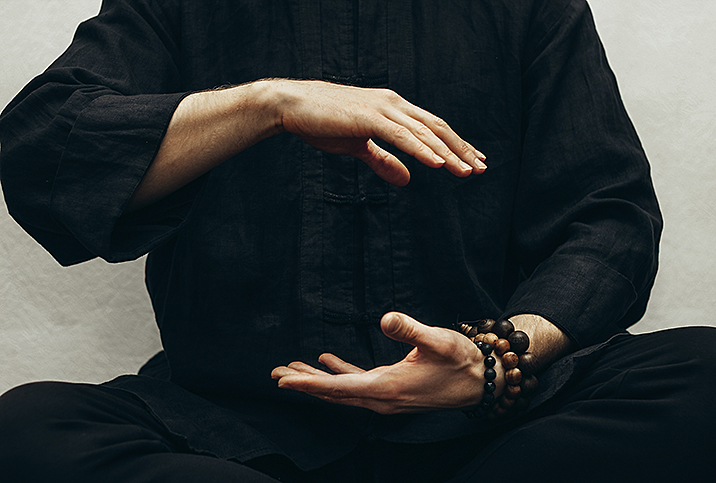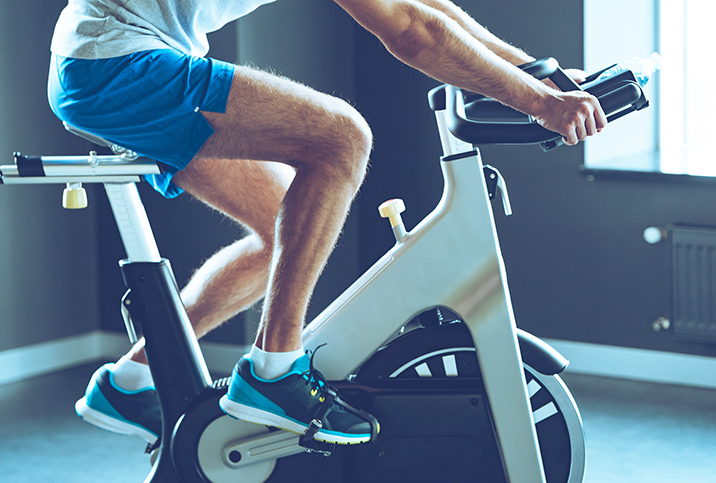Essential Exercises to Keep You Healthy and Fit

Staying fit and healthy might very well be near the top of your wish list. However, setting aside time and energy to prioritize the habits required to support this is admittedly difficult.
Often, the people who have the most difficulty making time for exercise are the ones in the most need of ensuring their physical form is up to the task of daily stressors and functions.
Young parents with kids face particular challenges. The middle-aged office worker stuck behind a desk all day may be suffering from a slow, increasing risk of several health conditions, muscular imbalances, pain and injuries.
That's all without delving into the mental health consequences of inactivity, the lack of time to relieve stress and the impact on your sexual health.
What are your first steps?
Knowing where to start and what to focus on without feeling overwhelmed is the first sticking point for many people contemplating an exercise program. As many productivity gurus say, the best solution is to start with the most critical tasks—the big rocks, so to speak. This means choosing movements that support your everyday physical needs and help you move better.
"Absolutely everything requires a certain level of fitness, and achieving a higher level of fitness, even a slight one, can make a huge difference in how difficult you perceive a task to be," said Kyle Costello, Ph.D., an exercise science and performance coach in Raleigh, North Carolina.
Your daily basic tasks and chores, or activities of daily living (ADLs), may seem like basic things you do every day, but they actually can require a high level of fitness.
"If you work on some exercises in the gym a couple of times a week, you'll be amazed how much simpler ADLs become, which leads to greater levels of independence for longer," he said.
Take a walk on the outside
"For those who find it extremely difficult to start a new workout routine, the most recent research coming out is pointing toward something very simple you can start to do that'll have a massive impact on your health," Costello said. "Just go outside and take a walk."
There's no need to take your walks to high intensities or distances. Just 30 minutes of walking five days a week can impact your overall health tremendously. You can even achieve those 30 minutes in smaller doses.
If you have a break in your work day, close the computer, tie your walking shoes, head outside and take a quick stroll. It will provide additional benefits for your mental health and productivity.
"Exercise causes vasodilation in the brain and increases cerebral blood flow, which can ease stress, increase cognition and improve mood," Costello said.
What's more, exposure to sunshine will have equally positive benefits on your mental health and assist in getting much-needed vitamin D, an essential nutrient linked to better mental health, weight control and immune system function.
Try some compound strength movements
If you want to get more involved with fitness and find an easy way to work out from home with exercises that provide the biggest bang for your buck, Costello recommends incorporating compound movements.
"Compound movements are multi-joint movements that recruit larger groups of muscle and, in turn, trigger a greater physiological response," he said.
If you've ever worked with a trainer, they probably had you do squats, bench presses or push-ups, and some sort of deadlift. These are all compound movements.
Costello said if you're short on time, turning to these few compound movements will get you a quality workout with the most significant impact in the shortest amount of time.
Especially if you have no access to specific gym equipment, he advised you should consider a short program that includes bodyweight squats, push-ups, hip lifts, airplanes and walking lunges (or split squats). He said the difficulty of the workout should be modified based on your fitness level.
"If you're just getting back into a new routine, three to four rounds of five to 10 repetitions of each will definitely get the heart pumping, plus a quick routine like this covers upper and lower body strength, balance, coordination and single-leg strength," Costello said.
Advance to a solid exercise routine that covers everything
As a performance coach, Costello said he has clients perform different movements to ensure a well-rounded workout routine and prevent muscular imbalances.
Typically, he recommends breaking up exercises into upper and lower bodywork and then by planes of motion. These exercise categories can be divided up into upper body, lower body, core exercises and mobility/stretching.
Here are some examples of each of these types of exercises:
- Upper-body horizontal push. Dumbbell bench presses or push-ups
- Upper-body horizontal pull. Bent-over dumbbell rows or resistance band rows
- Upper-body vertical push. Dumbbell overhead presses or resistance band presses
- Upper-body vertical pull. Pull-ups and chin-ups or lat pulldowns
- Lower-body double-leg hip dominant. Dumbbell deadlifts, hip bridges and thrusts
- Lower-body double-leg knee dominant. Dumbbell squats
- Lower-body single-leg hip dominant. Dumbbell or bodyweight single-leg deadlifts
- Lower-body single-leg knee dominant. Split squats and lunges
- Core exercises. Planks, side planks, dead bugs and bird dogs
- Mobility/stretching. Pigeon poses, wall angels, runner's lunges, toe touches, sit-and-reach, and knees-to-chest
Costello said if you hit at least one exercise in each category every workout, you will build an effective workout program.
"Making sure that you hit an exercise from each category at least once per week will improve strength, muscle size, balance and coordination," he said. "This strategy will also decrease the likelihood of developing muscular imbalances, which can lead to further pain."


















